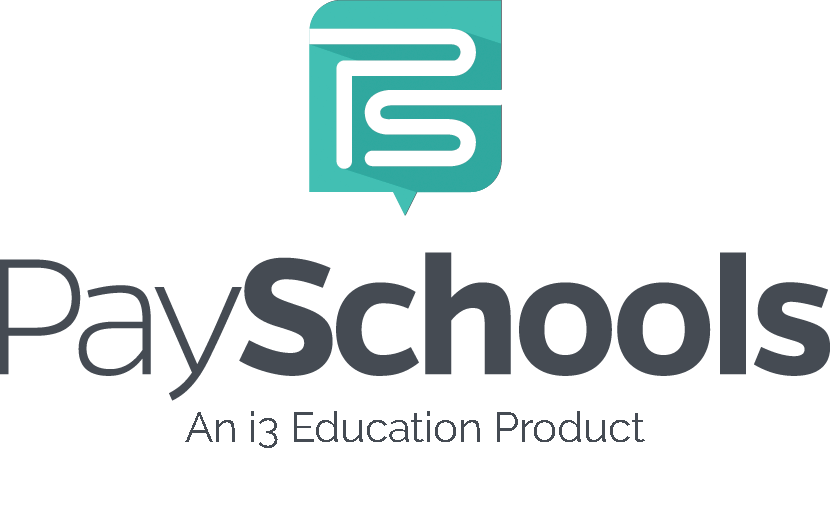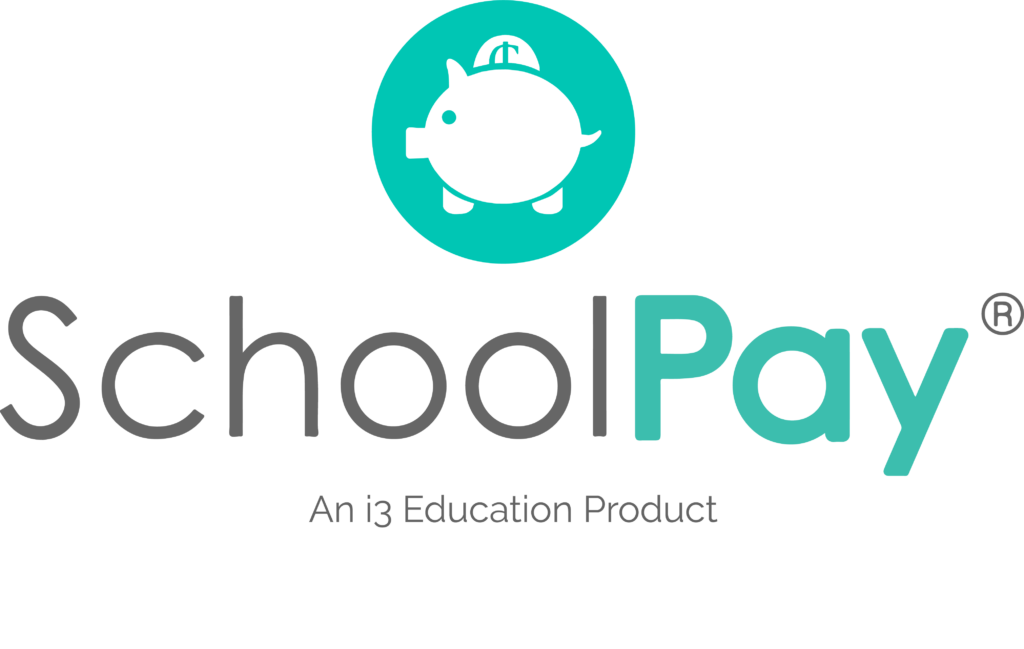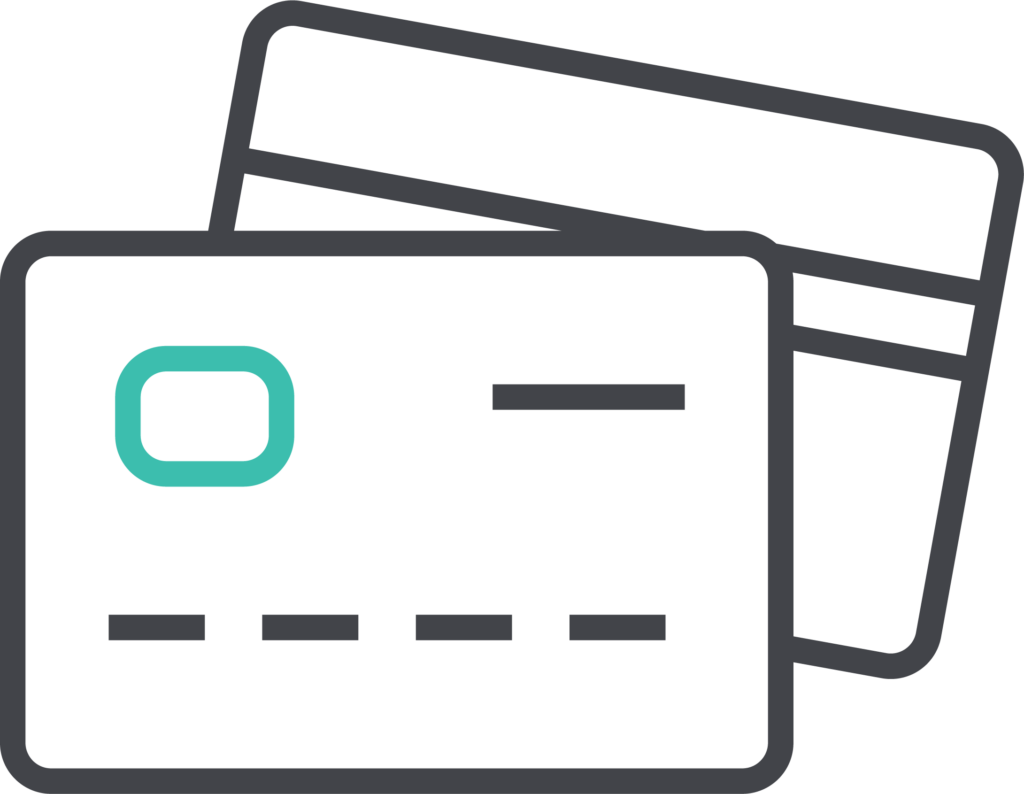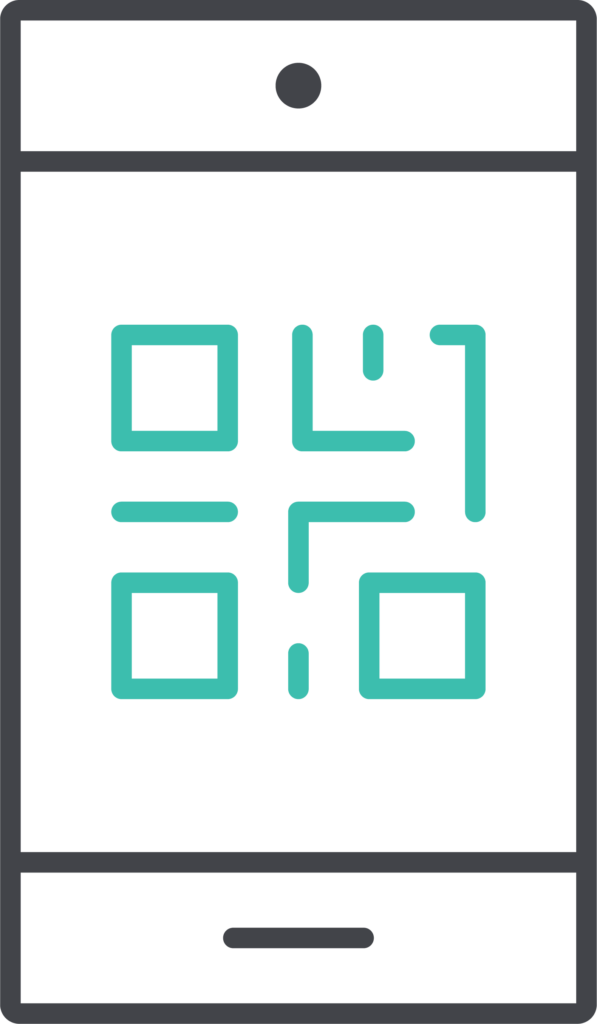
Software that makes life better for K-12 staff and families
Our mission is to support school districts across America. Done right, education software solutions are a powerful tool. Ours make K-12 processes simpler, safer, & smarter.
We Feature Trusted Products
SchoolPay and PaySchools are i3 Education products known for K-12 software excellence and integrity.


Our Solutions
Trusted by thousands of K-12 districts nationwide. All of i3 Education’s software solutions plug into your existing student information system.

K-12 Payments
Accept every payment in one system, online or in-person

Nutrition Services
Everything you need to manage your cafeterias across your entire district

Ticketing & Events
Software that supports school event planning, promotion, and ticket sales
Donations
Online donations and accounting tools
Seamless Integration Power
Our education software solutions have deep integrations with some of the largest student information systems in the country—and lots of others as well. We’re also happy to build a custom integration for you.
Food Service Integrations
i3 Education payment software connects to most food service point of sales systems used by school districts today. Contact us to learn more about our food service point of sale integrations.
General Ledger & Accounting Integrations
i3 Education integrates with most accounting systems used by school districts. Contact us to learn more about our accounting integrations.
We are always here to help.
i3 Education offers award winning customer service.